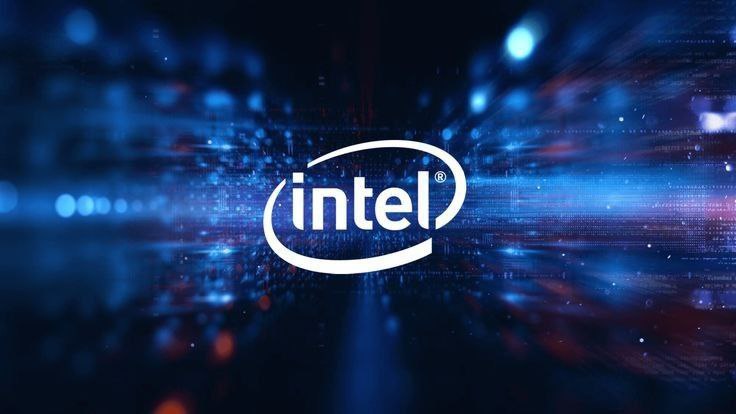Intel Corporation: Key Innovations and Strategic Developments

Intel Corporation: Recent Developments and Innovations
Intel Corporation, a global leader in the semiconductor and microprocessor industry, has been making significant strides in recent years. As the company faces increased competition and rapidly evolving technology landscapes, Intel has focused on innovation, expanding its product offerings, and improving its manufacturing capabilities. Here’s a look at the major developments shaping the company’s future.
1. Advancement in Next-Generation Processors
Intel continues to push the boundaries of processor performance with its release of 12th and 13th generation processors, known as Alder Lake and Raptor Lake. These processors introduce a new hybrid architecture that combines high-performance cores with power-efficient cores, a design aimed at improving performance across various workloads, from gaming to heavy multitasking. This hybrid model marks a significant evolution in Intel’s chip architecture, offering better optimization for diverse computing needs.
2. Shift to Advanced Manufacturing Technologies
To stay competitive in the semiconductor market, Intel has made substantial investments in upgrading its manufacturing processes. The company is focusing on its Intel 7 and Intel 4 nodes, which feature cutting-edge semiconductor fabrication technologies. These advancements aim to reduce the size of transistors and increase power efficiency, with plans to transition to the 3-nanometer process in the near future. Intel’s commitment to innovation in this space is crucial to maintaining its leadership position as rivals like TSMC and Samsung also push forward with their own advanced nodes.
3. Investments in Artificial Intelligence and High-Performance Computing
Intel has ramped up its investments in artificial intelligence (AI) and *high-performance computing (HPC). Its *Xeon Scalable processors are designed to handle demanding AI workloads and big data processing. These chips are optimized for machine learning, deep learning, and data analytics, enabling enterprises to leverage AI technologies more efficiently. This focus on AI positions Intel to capture a significant share of the rapidly growing AI and HPC markets.
4. Renewed Competition with AMD
In recent years, Intel has faced fierce competition from *AMD, which has gained market share with its Ryzen processors. However, Intel has started to regain momentum with the release of its *Alder Lake chips, which have outperformed some of AMD’s products in certain benchmarks. Intel is leveraging its manufacturing capabilities and advancements in processor architecture to maintain competitiveness and reclaim market share, especially in the consumer and gaming sectors.
5. Expansion in Data Centers and Cloud Computing
Intel is making significant strides in the cloud computing and data center markets. The company’s Xeon processors have become a key component in powering data centers, delivering high-performance solutions for server and storage applications. As the demand for cloud services grows, Intel is positioning itself as a major player by optimizing its chips for the evolving needs of data centers, including AI-driven data processing, real-time analytics, and cloud-native applications.
6. Exploration of Quantum Computing
Beyond traditional processors, Intel is also venturing into the future of computing with quantum computing research. The company is investing in developing qubits (quantum bits) and exploring the potential of quantum computing, which could revolutionize computational capabilities across industries. Although still in its early stages, Intel’s work in quantum computing demonstrates its commitment to staying at the forefront of technological innovation.
7. Corporate Restructuring and Leadership Changes
Intel has undergone significant internal restructuring to streamline operations and enhance innovation. The return of Pat Gelsinger as CEO in 2021 marked a pivotal moment for the company. Gelsinger has reinvigorated Intel’s strategy, accelerating its shift towards more innovative technologies and improving its competitive position. Under his leadership, Intel has become more focused on execution and long-term growth, aiming to strengthen its leadership in the semiconductor industry.
8. Investments in U.S. and European Manufacturing
In response to global supply chain challenges and increasing geopolitical tensions, Intel has made major investments in expanding its manufacturing footprint in the United States and Europe. By building new fabrication plants (fabs) in these regions, Intel aims to reduce dependency on Asian suppliers and ensure a more resilient supply chain. This strategy also aligns with government initiatives in both regions to boost domestic semiconductor production, ensuring Intel remains a key player in global technology supply chains.
Conclusion
Intel Corporation remains a critical player in the global technology landscape, driving innovation in processors, artificial intelligence, and advanced manufacturing technologies. As it faces increased competition, Intel is committed to expanding its capabilities and exploring new frontiers, such as quantum computing, to maintain its market leadership. With strategic investments in R&D, manufacturing, and leadership, Intel is well-positioned to navigate the evolving tech industry and meet the challenges of tomorrow.





